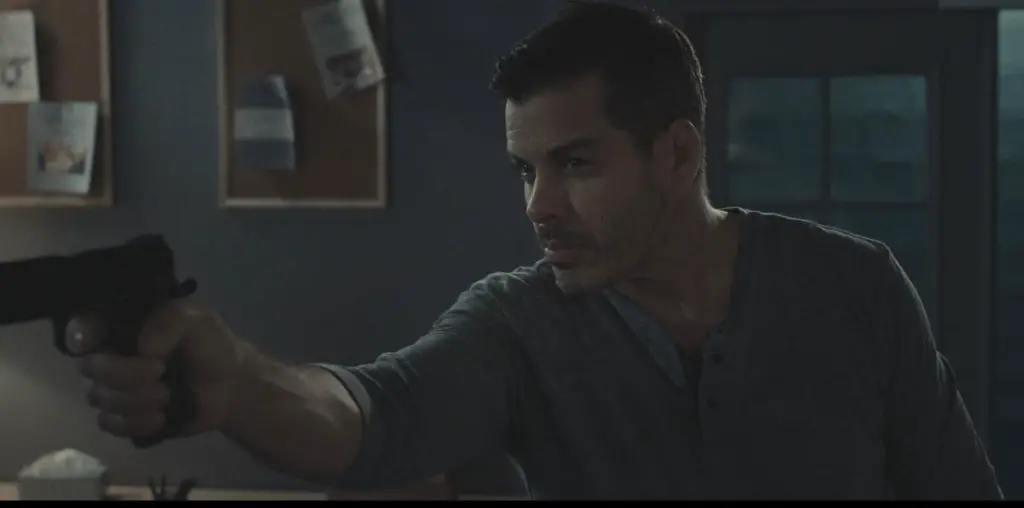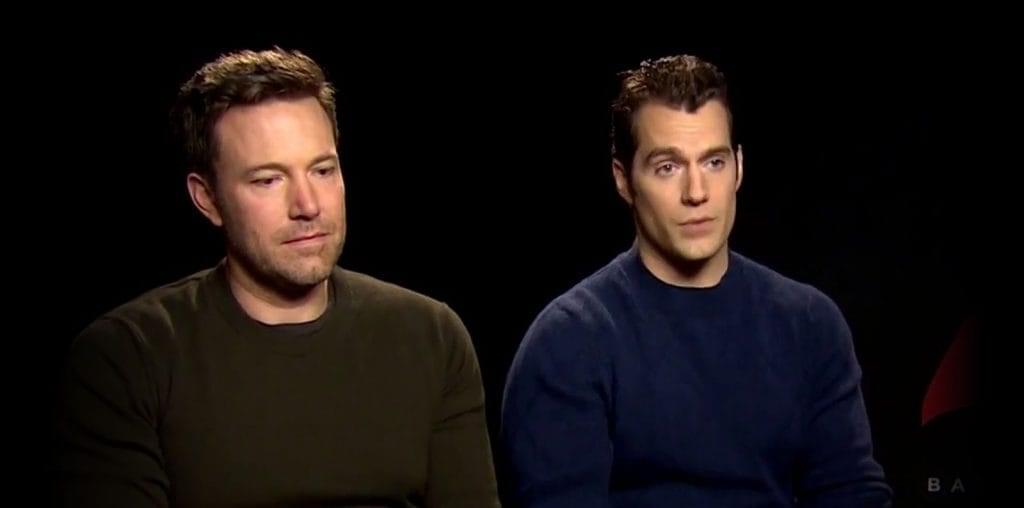
American critics tend to equate Venetian filmmaker Giovanni (Tinto) Brass with his infamous film, “Caligula” (1979). While Brass’ filmmaking defies convention in every conceivable way, this fact should in no way frighten people. Furthermore, if filmmakers feared rocking the normative boat, we might never have been blessed with such notable directors as Carl Theodor Dreyer, Vittorio De Sica, Louis Bunuel, Federico Fellini, D.W. Griffith, Alfred Hitchcock, Jean-Luc Godard, Volker Schlöndorff, and Martin Scorsese, just to name a few.
What many do not realize is that Brass walked away from all his directorial duties and summarily disowned “Caligula” after irreconcilable disputes with one of the film’s producers, Penthouse mogul Bob Guccione. These altercations, culminating in Brass’ termination, concerned numerous scene eradications filmed by Brass and final cut of the movie. In place of Brass’ scenes, Guccione, and his friend, Giancarlo Lui, shot highly pornographic footage, which Lui re-edited into the film. Gore Vidal wrote the original screenplay for Caligula from an un-produced television project by Roberto Rossellini. Vidal teamed up with Brass in a series of lawsuits against Guccione and the movie, thereby holding up production of the film by three years.
In many ways, “The Howl” (aka “L’Urlo”) invokes both Allen Ginsberg’s previously banned poem, “Howl,” and Miguel de Cervantes’ highly controversial, banned 17th-century novel, Don Quixote. Both works appear absurdly farcical on the surface but are really brilliant explorations of language, powers of the imagination, politics, religion, social structure, and the pursuit of freedom and truth.
Though made in 1968 and banned for seven years, “The Howl” is very much a timeless and universal tale. It concerns a free-spirited young woman named Anita who is about to be married to her executive- boyfriend, Berto. Indeed, they are at the wedding site, a toxic waste dump, exchanging vows, when Anita spies a beckoning stranger. This jester, named Coso (“thing,” or “object”), entices Anita to follow him, which she does – leaving Berto at the alter. In a series of inter-connected vignettes that blur the boundaries of poetry, music, live theater, and film, Anita and Coso embark on an amazing adventure, encountering fantasy, violence, war, love, and death. In the end, Anita, clad in wedding-attire, drives speedily back to her fate at the altar. In her haste and with a scream, her car crashes and she is pronounced dead, at which point Coso explains that she was beautiful but crazy. At the wedding ceremony that follows, the undead Anita and Berto exchange garbled, meaningless vows, while the priest looks on, clad in a necklace with a dangling, shrunken head.
So what is Tinto Brass doing to us, and what is he saying? Are we to believe that beautiful Anita is struck down before she can enjoy marital bliss, or does marriage mean the death of her dream of freedom? Can freedom ever be acquired, or is it yet another prison of our own making? More to the point, is this a dream or truth?
While “The Howl” is certainly ambiguous and highly interpretive, Brass is clear from the start that this is a movie and as such, not real. However, he enjoys tricking us into questioning his motives by incorporating black and white, documentary newsreel footage into the film in a series of Eisenstein-inspired, fast edits. To add to the ambiguity, his narrator announces that the film is really a documentary and any acting is “left to the filthy imaginations of the audience.” It is words like these – all words – that create ambiguity, and this is Brass’ point. Words are in and of themselves, meaningless. Furthermore, they are weapons of destruction. This is explicated throughout the film, when time and time again, Anita asks Coso where they are, and he responds, “Me too.” Later, when they sit in the back of a car driven by another couple, everyone speaks through each other, never connecting, until Anita screams, “S**t!” Further on, war erupts, religions are toppled, and firing squads are everywhere. Speakers blare Hitler’s words, garbled and chopped into the nonsense that history later proves true.
And so Anita and Coso move on. With each step toward dreamy happiness, song and dance, they step backward into war, destruction, and death. They forever charge forward off the pier, into the River Lethe, between life and death. They move onward, through the forests, to the Isle of Fools, where they take over a prison and free all the crazed inmates who play at running the world. Anita plays, too, taking charge of the world and eventually, the universe, while Coso mixes her public announcements in a studio.
Stories rely on characters, and films require actors to convey meaning. Brass teaches us that actors are imaginary tools of a deceptive trade. They are objects, as the name Coso means “object,” and must be seen that way if a movie is to succeed. It is not surprising that Coso is a clown and carries a magical utility box filled with endless supplies of wardrobe and makeup. When at a party, he paints on a tie. When he is wounded, he paints on blood and then collapses. He and Anita are characters in a dream where worlds are created and destroyed. Tinto Brass lives his life like Don Quixote, believing that anything and everything is possible. At the age of 76, he is still going strong, making a new film that we will soon have the pleasure to see. He is an auteur who paints his thoughts as brightly as his name, never veering from his dreams.
This Cult Epics release is a must-see for both film scholars and every-day cineastes. The restoration, transfer, and subtitles are quite good, with only occasional color fades and graininess. However, graininess is to be expected in the transfer of 16mm film segments. The DVD also includes a wonderful commentary by the director and priceless, behind-the-scenes details. Brass is a master, and “The Howl,” a treasure.

